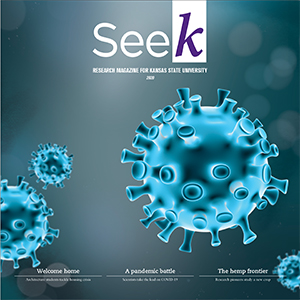Revisions to the Common Rule
The Department of Health and Human Services, or HHS, issued an update to the current regulations governing research involving human subjects, known as the Common Rule (45 CFR 46, The Federal Policy for the Protection of Human Subjects). The final rule was published on January 19, 2017, with an effective date of January 19, 2018. These changes are the first substantial changes since the Common Rule was originally adopted in 1991. The changes are intended to “modernize, strengthen and make more effective” the regulations governing research involving human subjects.
In October 2017, HHS submitted a request to the Office of Information and Regulatory Affairs in the Office of Management and Budget asking for a one-year implementation delay to meet new requirements. On January 17, 2018, HHS announced that a six-month delay has been accepted, thus moving the effective date to July 19, 2018.
Below is a list of the more significant changes in the revised Common Rule. The University Research Compliance Office is working to revise policies and procedures to accommodate these changes and will present them to the Institutional Review Board, or IRB, prior to implementation. Changes will be shared with the university community.
- Single IRBs for multisite research (cooperative research): Single IRBs are generally required for multi-site activity where the same protocol will occur at different locations.
- Checking the box: The option for Federalwide Assurance holders to check the box has been eliminated. The final rule will only apply to federally funded research
- Continuing review: Continuing review of research is no longer required under certain circumstances.
- New language/clarity for informed consent documents: Changes emphasize that information provided must facilitate potential subjects' understanding of why one would participate or not.
- Basic and additional elements of informed consent: Three new additional elements on commercial profit, return of clinically relevant research results, and whole genome sequencing require informed consent.
- Broad consent: Storage, maintenance, and secondary research use of identifiable private information and identifiable biospecimens requires broad consent.
- Clinical trials consent forms: Some clinical trials must post consent forms online.
- Electronic consent: Electronic consent is ok; must provide a written copy of the person signing the form.
- Legally authorized representatives: If no state or local law exists, an institution can designate a representative.
- Definition of what is not research: Certain journalistic, public health surveillance, and criminal justice or intelligence activities are not defined as research.
- Definition of human subjects: The definition includes "information or biospecimens" obtained through intervention and interaction OR "identifiable private information or identifiable biospecimens."
- Definition of clinical trial: Clinical trials are now specifically defined.
- Definition of identifiable biospecimen/identifiable private information: This will be re-examined within one year and every four years thereafter.
- Vulnerable populations: Pregnant women and "handicapped" were removed; the new rule replaces "mentally disabled" with "individuals with impaired decision-making capacity."
- Additional exemptions for low-risk studies: New exemptions include those for secondary research on identifiable private information and identifiable biospecimens under various circumstances; various regulatory requirements, such as limited IRB review and broad consent, may apply.
Please contact the University Research Compliance Office if you have questions. We are here to help!
— Cheryl Doerr, associate vice president for research compliance

